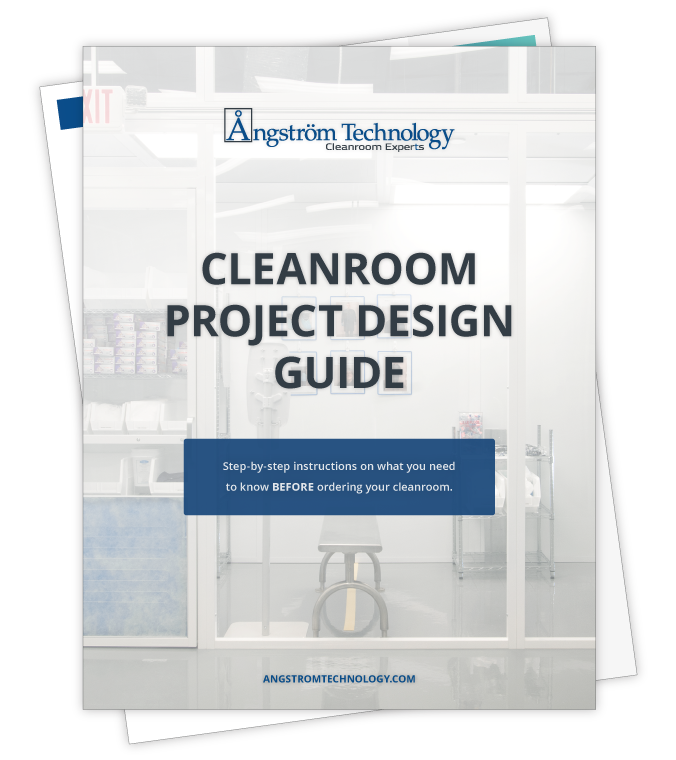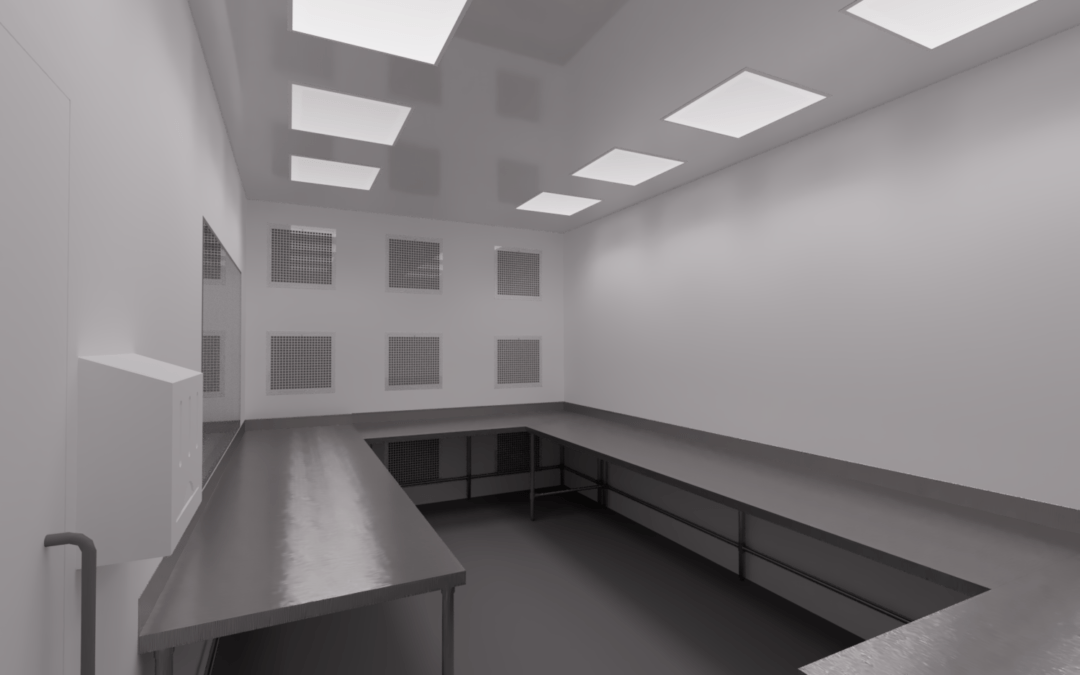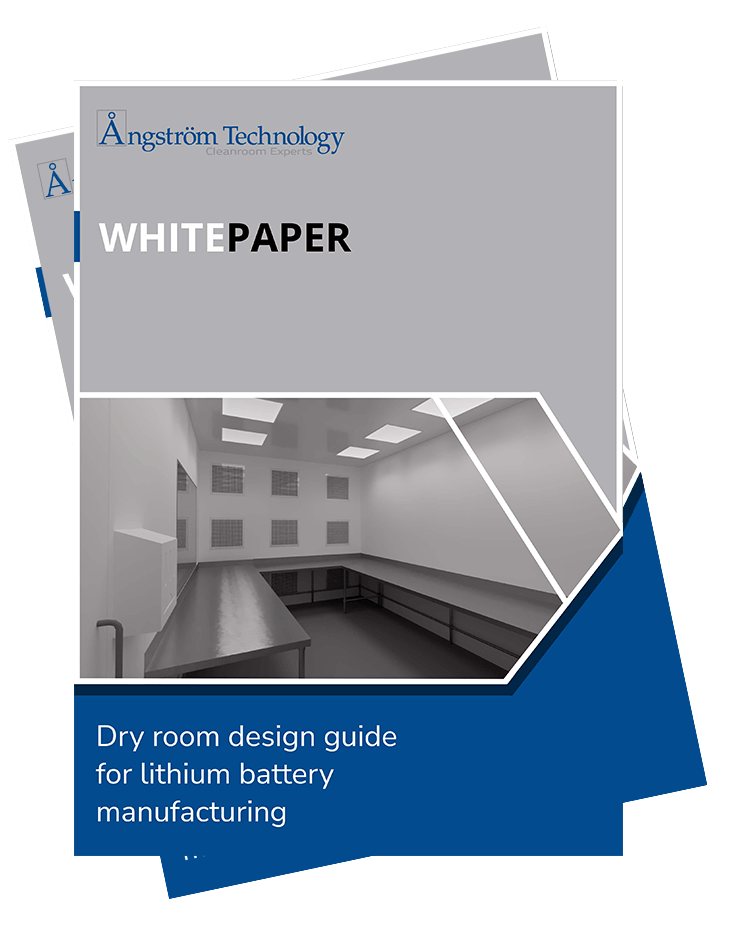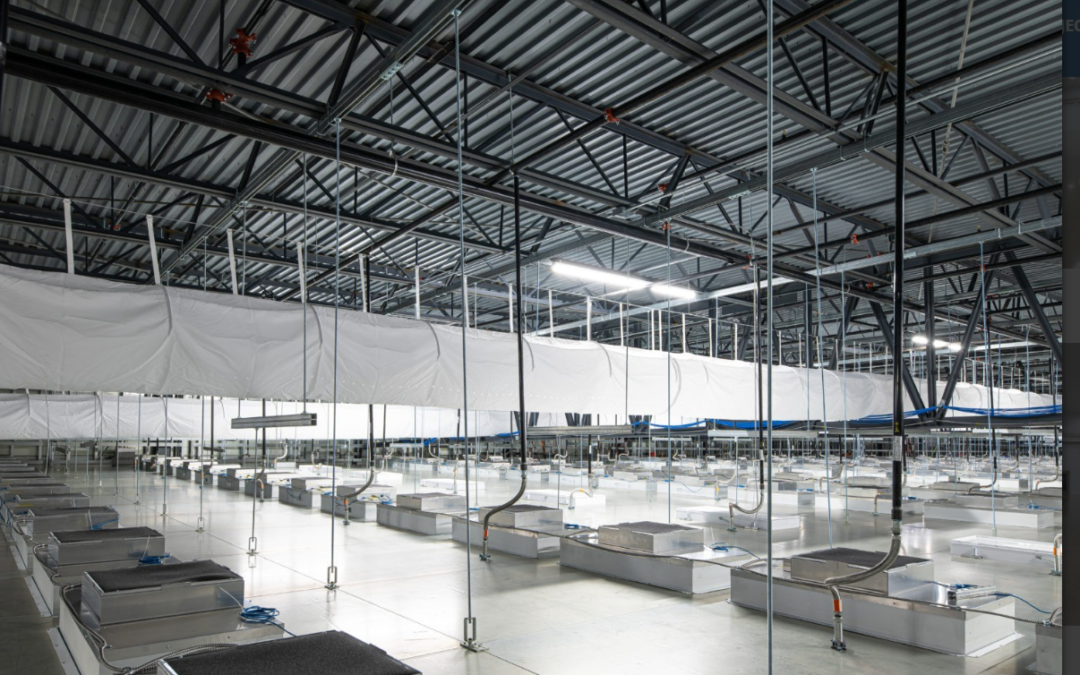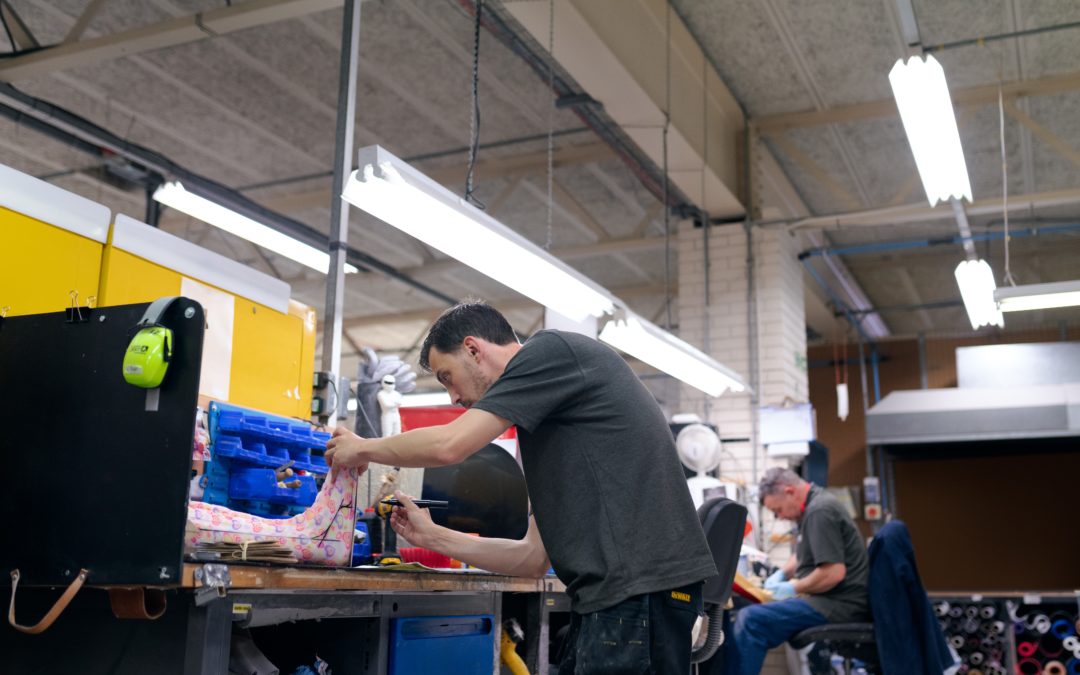
5 Essential Cleanroom Supplies You Should Always Have on Hand
Are cleanrooms a critical part of your business? If so, you know that they can be finicky at times. You have to maintain exact standards, and when your cleanroom is down, so is your company.
So, what can you do to ensure that your cleanroom always functions according to its required standards?
Though it might sound obvious, keeping it well stocked with necessary cleanroom supplies is the best way to keep your cleanroom performing to standard.
5 Important Cleanroom Supplies You Should Always Have
Below is a list of five essential cleanroom supplies you should always have on hand and what makes them so important.
1. Replacement Filters
Filters are what keep the air in a cleanroom clean. Without filters, your cleanroom has little hope of performing to standard. So, it’s good to always have backup filters on hand, both HEPA, ULPA, and pre-filters. But how many should you have?
- Pre-filters: Depending on the standards your cleanroom has to meet, you probably change your pre-filters once every few months. Every time you change them, you should ensure you have enough replacements to last at least one more change. Otherwise, you risk putting your operation behind.
- HEPA/ULPA: For HEPA or ULPA filters, it’s a good idea to keep one or two replacements on hand in case a situation arises where a filter needs to be changed unexpectedly. Having replacements ready ensures you’re prepared for any emergency.
2. Gowning Materials
If you regularly order cleanroom supplies, you know that you go through boxes of gowning materials in no time. Hoods, bunny suits, booties, and cleanroom gloves are crucial to your everyday operations. It’s important that your company develop some sort of system so that you never run out of these essential cleanroom supplies.
For example, have employees alert the person in charge of ordering cleanroom supplies whenever you have less than two weeks’ worth of a certain gowning material. Whether it’s gloves or cleanroom suits, a good rule of thumb is that when you open the last box of cleanroom supplies, you order another shipment.
3. Cleanroom Cleaners
While this might sound like common sense, it’s surprising how quickly you can run out of cleanroom cleaning supplies. Maybe you’ve experienced that feeling of dread when an employee reports and says that there aren’t any more bottles of cleaner. There’s nothing worse than frantically trying to find the right cleaner and then making sure it gets shipped overnight so your cleanroom can continue functioning at standard for the next business day.
Similar to gowning materials, it’s a good idea to have a system in place to prevent this sort of situation. Make sure you always have at least one full bottle of disinfectant or cleaner.
4. Cleanroom Wipes
Cleanroom wipes are specifically designed to clean surfaces within the cleanroom without introducing additional contaminants. They’re often made from lint-free materials and are pre-saturated with a cleaning solution safe for use in controlled environments. They’re used to wipe down surfaces, equipment, and even personnel as needed to maintain cleanliness. Their ability to clean without leaving residue makes them indispensable for maintaining the strict hygiene standards required in cleanrooms.
It’s best to monitor your usage and set up automatic reorders based on your average consumption rate. We also suggest storing an emergency supply of wipes to prevent unexpected running out.
5. Sticky Mats
Sticky mats are your first line of defense against contamination. They’re placed at the entrance to trap dirt, dust, and other contaminants from shoes or equipment wheels before they enter the controlled environment. Regularly replacing sticky mats is crucial, as they significantly reduce the risk of particles entering your cleanroom, which can otherwise lead to costly downtime and compromised products.
We recommend keeping an inventory log of your sticky mats and setting a schedule for regular replacements. Consider ordering in bulk to ensure you always have an ample supply.
Trust Angstrom for Expert Cleanroom Design and Supplies
If you need cleanroom supplies or are considering the design of a new facility, trust the experts at Angstrom. We specialize in designing cleanrooms that meet your exact specifications and standards and offer a full range of replacement cleanroom supplies to keep your operations running smoothly.
Contact Angstrom today or call us at 888-768-6900 for all your cleanroom needs!






